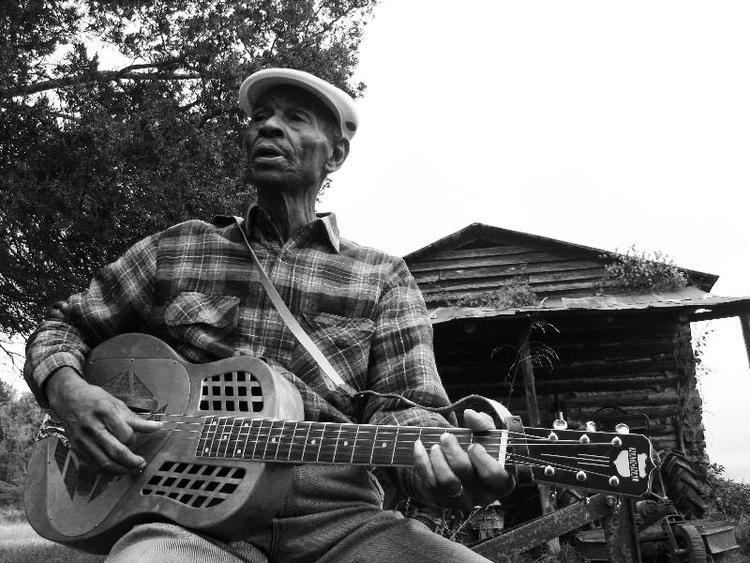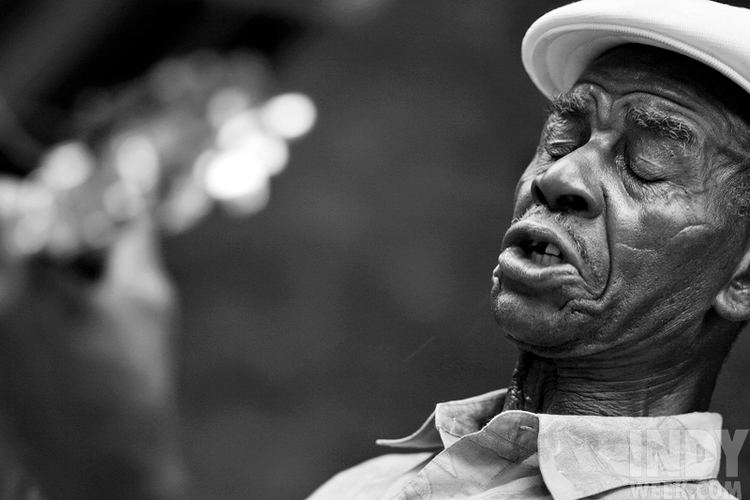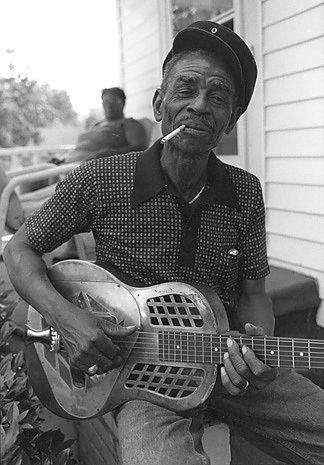Instruments Guitar, vocals Years active 1950s–present | Name John Holeman Albums Bull Durham Blues Role Guitarist | |
 | ||
Occupation(s) Guitarist, singer, songwriter Similar People Ironing Board Sam, Kenny Wayne Shepherd, Sunnyland Slim, Devin Sarno | ||
John dee holeman when things go wrong
John Dee Holeman (born April 4, 1929) is an American Piedmont blues guitarist, singer, and songwriter. His music includes elements of Texas blues, R&B and African-American string-band music. In his younger days he was also known for his proficiency as a buckdancer.
Contents

John dee holeman i m a stranger here 6 8 12
Biography

Holeman was born in Hillsborough, North Carolina. Since 1954 he has been based in Durham, North Carolina. Inspired by Blind Boy Fuller, Holeman was singing and playing guitar at local parties and other events by the time he was in his mid-teens. By his mid-twenties he had bought his first electric guitar and relocated to Durham, where he played with the pianist Fris Holloway. The duo became adept at the Juba dance, also known as the hambone or buckdance.

"As a young man, Holeman also listened to traveling bluesmen from other areas of the South, to recordings from Chicago and the Delta, and to black and white musicians on the radio. While still a teenager, he started playing music at house parties, Saturday night suppers, and community gatherings throughout his area of rural North Carolina. At country dances, Holeman also learned the tradition of 'patting juba.' Juba, the use of complex hand rhythms to provide timing for dancers, is a centuries-old tradition among Africans and African Americans. Where Holeman grew up, it was customary when party musicians took a break for males to engage in competitive solo dancing accompanied only by hand or 'patting' rhythms. 'Juba' refers to both the complex hand rhythms and the dance traditionally done to them. The dance done to the juba rhythm is also called 'buckdance,' 'bust down,' and 'jigging.' 'Patting' is distinguished from clapping by virtue of the varied pitches the patting hand elicits from the arms, chest, thighs, and flanks."

During his working lifetime, Holeman had full-time employment as a construction worker, and music was a part-time pursuit. However, he toured in the United States and overseas in the 1980s, including performances at Carnegie Hall, and abroad on behalf of the United States Information Agency's Arts America program. In 1980, Holeman played at the 42nd National Folk Festival at Wolf Trap, Virginia. He has performed yearly at the Black Banjo Festival, in Boone, North Carolina. His first album, Bull City After Dark, was nominated for a W. C. Handy award (a predecessor of the Blues Music Awards). He recorded the album Bull Durham Blues in 1988, which featured Taj Mahal. It was re-released on the Music Maker label in 1999. Also in 1988, the National Endowment for the Arts presented Holeman with a National Heritage Fellowship.
In 1994, Holeman was presented with the North Carolina Folk Heritage Award. A song Holeman wrote, "Chapel Hill Boogie", was featured on the 2007 Grammy Award–nominated album 10 Days Out: Blues from the Backroads, recorded by Kenny Wayne Shepherd.
In 2007, Music Maker issued the album John Dee Holeman & the Waifs Band, on which Holeman was backed by the Waifs, an Australian folk-rock group.
